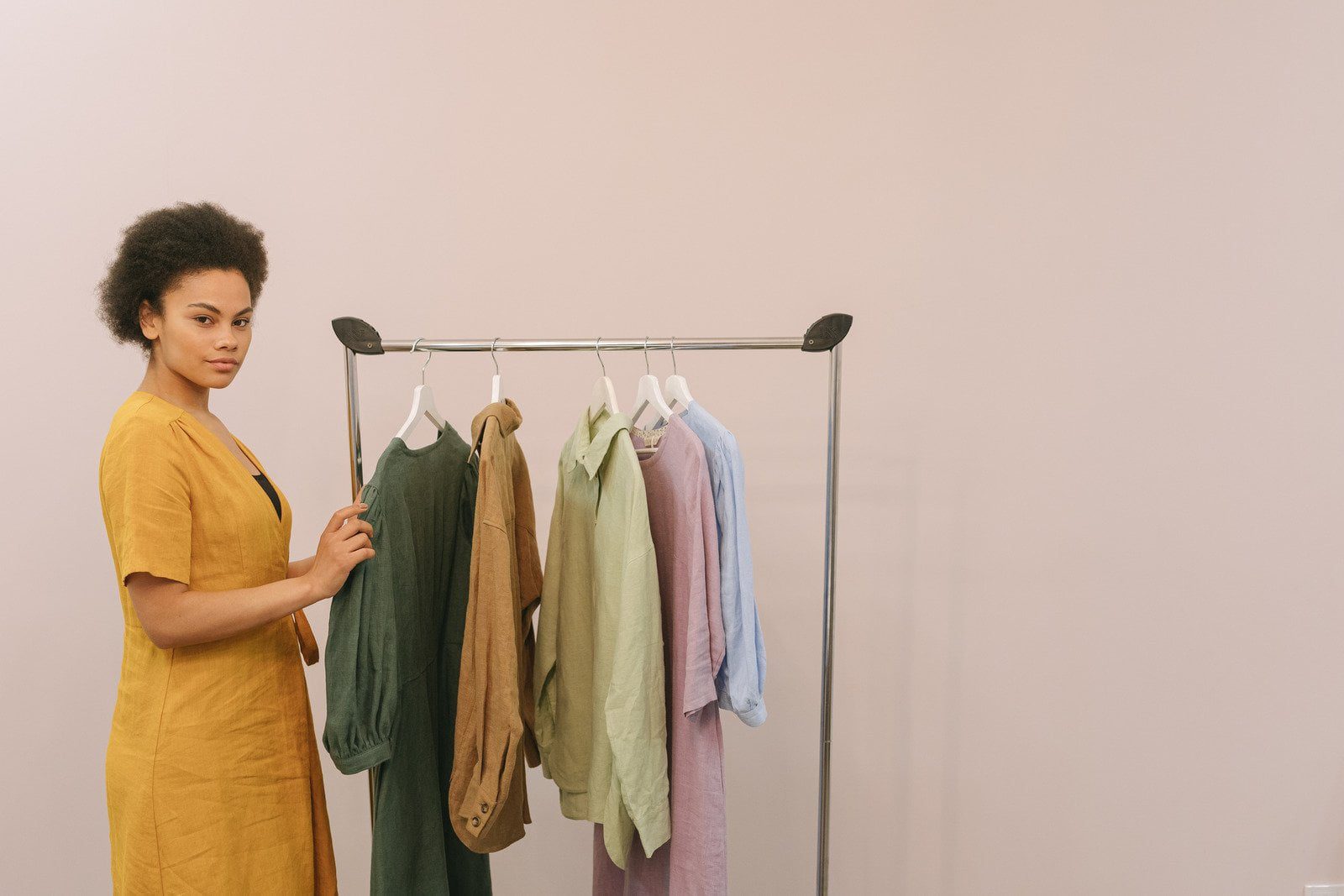Fashion has traditionally served as a visual signifier of gender. Defined styles for men and women have dictated clothing choices for generations. However, a powerful movement is breaking free from these binary constraints – the embrace of androgynous fashion. This article delves into the essence of androgynous style, explores its history and cultural significance, and celebrates the freedom of expression it offers in a world increasingly moving beyond rigid gender norms.
Defying Labels: Unveiling the Essence of Androgynous Fashion
Androgynous fashion transcends the limitations of “masculine” and “feminine” clothing styles. It embraces garments and silhouettes traditionally associated with one gender but worn by individuals of any gender identity. This deliberate blurring of lines allows for a more fluid and diverse expression of personal style.
Here’s what defines androgynous fashion:
- Gender-Neutral Garments: Androgynous wardrobes feature pieces like tailored trousers, blazers, button-down shirts, and flowy dresses, not confined to a specific gender.
- Playing with Proportions: Oversized blazers paired with skinny jeans, or fitted shirts with looser-fitting pants create a unique androgynous balance.
- Monochromatic Color Palettes: Utilizing neutral color palettes like black, white, grey, or beige can further emphasize the focus on silhouette over gender-specific color associations.
- Minimalist Accessories: Minimalist or gender-neutral accessories like statement earrings, scarves, or fedoras can add personality without overpowering the androgynous aesthetic.
Androgynous fashion allows individuals to express themselves authentically, defying the limitations of traditional gender norms.
A History Beyond Headlines: Exploring the Roots of Androgynous Fashion
Androgynous fashion is not a new phenomenon. Throughout history, we find examples of individuals and cultures embracing clothing that defied gender boundaries:
- Ancient Civilizations: In ancient Greece and Rome, both men and women wore flowing garments that emphasized drapery and form.
- The Elizabethan Era: Elizabethan women adopted elements of men’s fashion, with elaborate collars and doublets alongside their gowns.
- The Rise of the Suit: The early 20th century saw the rise of the tailored suit, a powerful symbol adopted by women advocating for social and political equality.
- The 1960s and Beyond: The counterculture movements of the 1960s and 70s saw a more prominent embrace of androgynous fashion, challenging traditional gender roles.
These historical examples showcase the long-standing human desire to express individuality through fashion, independent of gender constraints.
Beyond Style: The Cultural Impact of Androgynous Fashion
Androgynous fashion holds a significant cultural impact, both positive and challenging:
- Empowering Gender Fluidity: Androgynous fashion allows individuals who identify outside of the gender binary to express themselves authentically through clothing.
- Challenging Gender Norms: This movement questions traditional gender roles and stereotypes associated with clothing, fostering a more inclusive and diverse fashion landscape.
- Deconstructing Beauty Standards: By blurring gender lines in fashion, androgynous styles redefine beauty standards, celebrating diversity and personal expression.
- Facing Societal Bias: Despite progress, some societal biases persist. Individuals embracing androgynous fashion may face social judgment or questioning of their gender identity.
Androgynous fashion serves as a tool for self-expression, cultural critique, and dismantling outdated notions of masculinity and femininity.
Rocking the Runway: Celebrities Leading the Androgynous Charge
The world of fashion is increasingly embracing androgynous style, with celebrities leading the charge:
- Tilda Swinton: Known for her gender-bending red carpet looks, Tilda Swinton embodies the power and elegance of androgynous fashion.
- Harry Styles: Harry Styles’ flamboyant and playful fashion choices challenge traditional notions of masculinity, inspiring a generation of young men.
- Billie Eilish: Billie Eilish’s signature oversized clothing transcends gender stereotypes and prioritizes comfort and personal expression.
- Jaden Smith: Jaden Smith has consistently pushed boundaries with his androgynous style, opting for skirts, dresses, and unconventional silhouettes.
Celebrities embracing androgynous fashion normalize the freedom of self-expression through clothing, influencing trends and empowering others to embrace their individuality.
The Future Unbound: Embracing Fashion Fluidity for a More Inclusive World
As the lines between genders continue to blur, fashion is evolving to reflect this cultural shift:
- Gender-Neutral Labels: Many fashion brands are now creating dedicated gender-neutral clothing lines, catering to a wider audience
















